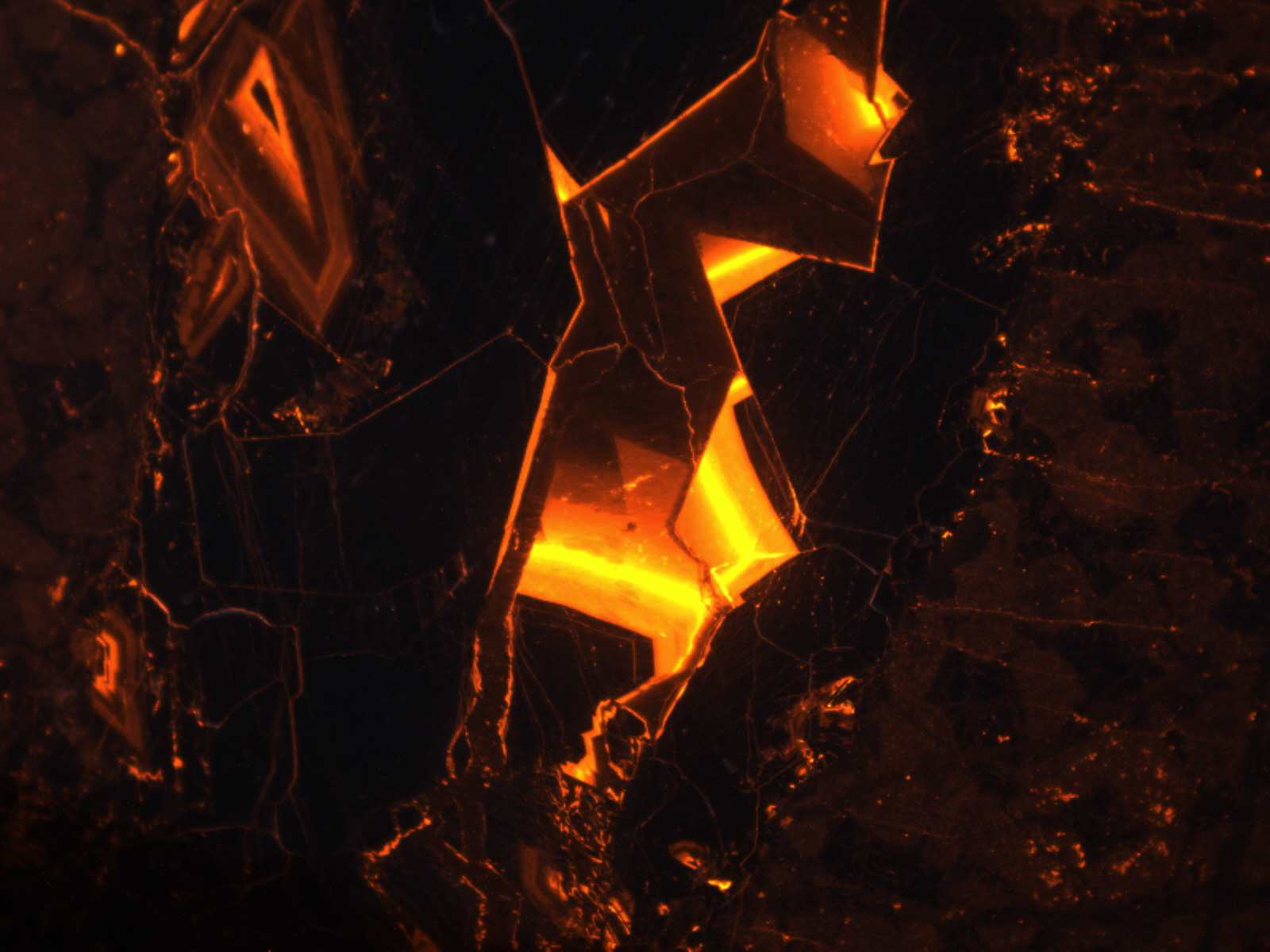Understanding fluids along fault systems
Fluid pressure has a significant effect on earthquake rupturing and fault behavior. Increased permeability as a direct result of faulting can occur, but fracture networks can also form impermeable barriers or combined permeable and impermeable zones. Fractures in the Earth’s crust can open episodically due to seismic events, and fluids are mobilized to form veins. In this process, minerals accumulate in the veins after earthquake activity. We study veins and fluid-filled fractures in rocks because they have the potential to directly record information regarding the fluid composition and the permeability of fracture networks after seismic activity.
In one of our projects, we worked to understand the nature, source, and extent of fluids recorded by fracture networks along the seismically-active North Anatolian Fault in north-central Turkey. We collected rocks directly from portions of the fault system that displace carbonate assemblages at the surface. We studied the fractures for their geochemical signatures, trying to understand if the fluids that filled the fractures were deep crustal- or mantle-derived fluids. This would indicate that this faulty is accessing deep, over-pressured fluids. Alternatively, other processes may dominate, and their veins would record mineralization during previous events related to the closure of the Tethyan oceans with no evidence of more recent activity.
This work was funded by the National Science Foundation: International Division.
Collaborators:
Collin Sturrock, University of Colorado
Nathan Miller, Dept. Geological Sciences, UT Austin
Aykut Akgun, Dept. Geological Engineering, Karadeniz Technical University in Trabzon
Ismail Omer Yilmaz, Dept. Geological Engineering, Middle East Technical University
Karen Black, Core Laboratories
Peer-reviewed publications regarding this work:





